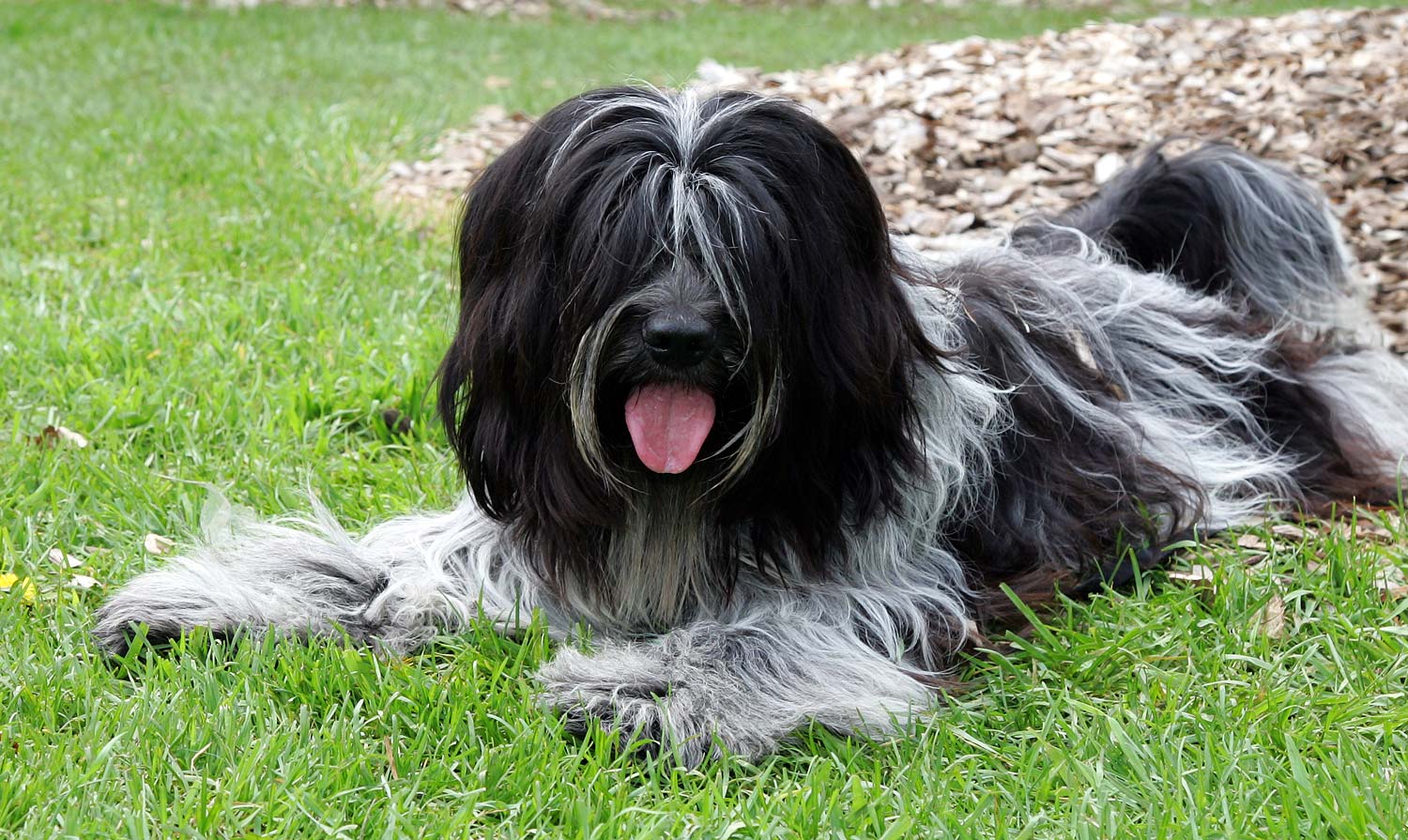Known for their luscious locks and boundless energy, the Schapendoes breed has captured the hearts of dog enthusiasts worldwide. This Dutch sheepdog is a charming and playful companion that boasts a unique appearance with its abundant, wavy coat. Today, we will delve into the tales of these furry friends, exploring their fabulous tresses and discovering how to properly care for them.
The Origin of the Schapendoes
Schapendoes, also known as Dutch Sheepdogs, originated in the Netherlands, where they were bred to be versatile herding dogs. Their lineage can be traced back to the early 19th century, but it wasn’t until the mid-20th century that the breed gained recognition. The Schapendoes Club of the Netherlands was founded in 1947, and the breed standard was established in 1952. Since then, these friendly dogs have been gradually gaining popularity across Europe and beyond.
The Fabulous Fur
One of the most striking features of the Schapendoes is their thick, wavy coat. The long hair is designed to protect them from harsh weather conditions, as they were bred to work outdoors. Their fur is abundant and dense, with a woolly undercoat and longer, slightly wavy topcoat. The hair on their face forms a charming, tousled look, with signature eyebrows and a beard that gives the breed its distinct appearance.
Colors can vary from solid black to shades of gray and blue, as well as brown and beige. Some Schapendoes may also have white markings. The variety in coat color adds to the uniqueness of each dog.
Caring for the Coat
Maintaining the fabulous fur of Schapendoes requires regular grooming to keep it healthy and tangle-free. Here are some tips to help you care for your Schapendoes’ coat:
1. Brushing: It’s essential to brush your Schapendoes’ coat at least once a week to prevent matting and remove any loose hair. Use a slicker brush to work through the topcoat and a comb for the undercoat. Always brush in the direction of hair growth, and be gentle to avoid hurting your dog.
2. Bathing: Schapendoes don’t require frequent baths – once every two months is usually sufficient. When bathing your dog, use a gentle dog shampoo and make sure to rinse thoroughly to remove any residue. After bathing, towel-dry your dog and allow them to air dry, or use a hair dryer on the lowest heat setting if necessary.
3. Trimming: Regular trimming around the eyes, ears, and paws can help keep your Schapendoes looking neat and tidy. Pay special attention to the hair between their paw pads, as it can become matted or collect debris.
4. Ear Care: Check your Schapendoes’ ears regularly for any signs of infection or debris buildup. Clean the outer ear with a soft, damp cloth, and consult your veterinarian if you notice any unusual discharge or odor.
5. Nail Trimming: Trim your dog’s nails every few weeks to prevent overgrowth and potential injury. If you’re unsure about trimming your dog’s nails, consult a professional groomer or your veterinarian for guidance.
The Schapendoes Temperament
The Schapendoes are known for their intelligence, enthusiasm, and affectionate nature. They are energetic dogs that require daily exercise and mental stimulation to stay happy and healthy. With their herding instincts, they may exhibit a natural tendency to round up people or other animals, which can be managed with proper training and socialization.
Schapendoes are also known for their loyalty and strong bonds with their family members. They make excellent companions for active individuals and families, as they enjoy participating in various activities such as hiking, agility training, and even dog sports like flyball. Their friendly and adaptable nature makes them suitable for different living environments, including city apartments and country homes, as long as they receive adequate exercise.
Training and Socialization
The intelligent and eager-to-please nature of the Schapendoes makes them a joy to train. They respond well to positive reinforcement methods and are quick to learn new commands. Early socialization is crucial for this breed, as it helps them develop confidence and adaptability in various situations. Introducing your Schapendoes to different people, animals, and environments at a young age will ensure that they grow up to be well-rounded and friendly adults.
Health Considerations
Schapendoes are generally a healthy breed, with a life expectancy of 12-15 years. However, like all breeds, they can be prone to certain health issues. Some potential concerns include:
1. Hip Dysplasia: This is a common genetic condition in many dog breeds, where the hip joint doesn’t develop properly. Regular check-ups and maintaining a healthy weight can help manage the condition and prevent further complications.
2. Progressive Retinal Atrophy (PRA): This is an eye disorder that leads to the gradual deterioration of the retina, potentially causing blindness. Responsible breeders screen their dogs for this condition, and there is a DNA test available to identify carriers.
3. Ear Infections: Due to their long, furry ears, Schapendoes can be more prone to ear infections. Regular ear cleaning and monitoring for signs of infection can help prevent complications.
To ensure that your Schapendoes remain healthy, provide them with regular veterinary check-ups, a balanced diet, and consistent exercise.
The Schapendoes, with its fabulous furry coat and endearing personality, is an excellent companion for those seeking an active, intelligent, and affectionate dog. Their distinctive tresses require some maintenance, but the reward is a beautiful and unique pet that will bring joy and adventure to your life. By understanding the breed’s history, grooming needs, and temperament, you can ensure that you and your Schapendoes will enjoy a long and happy life together.









